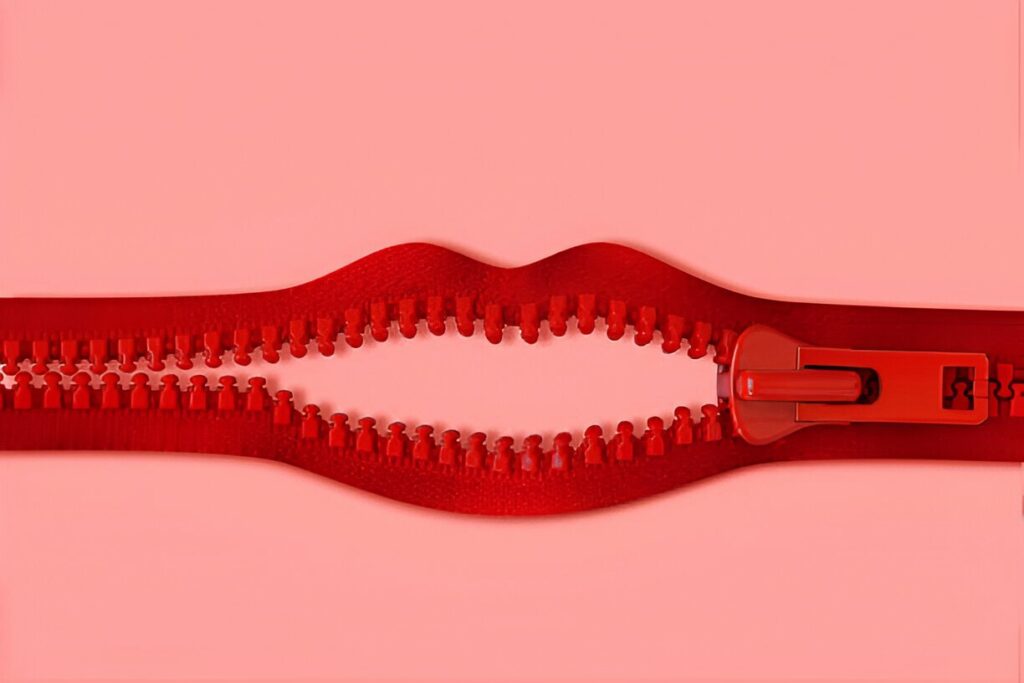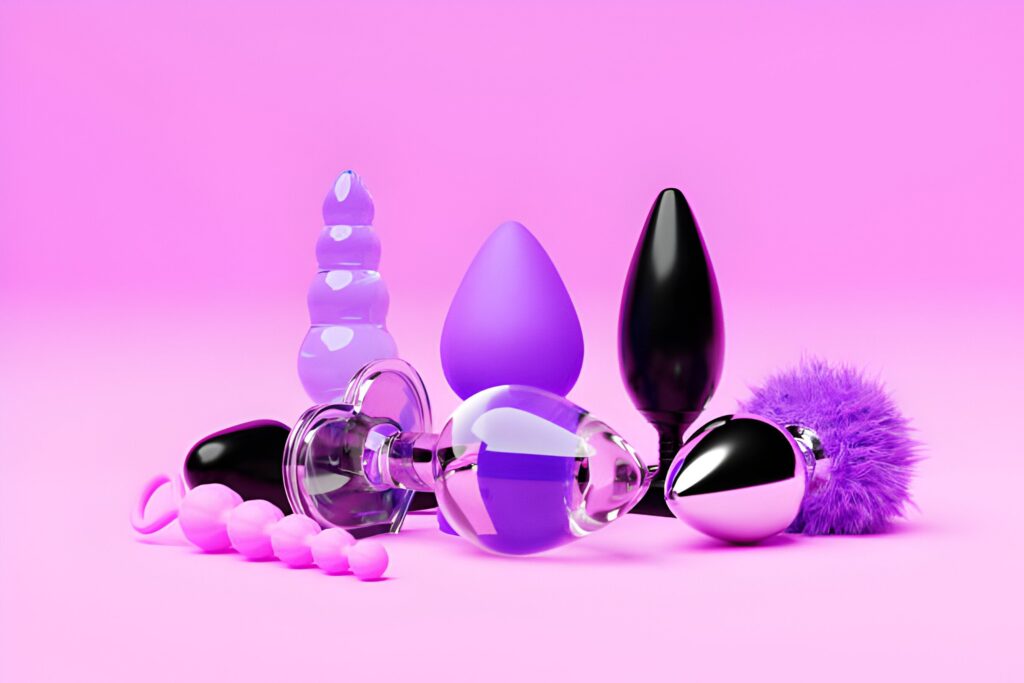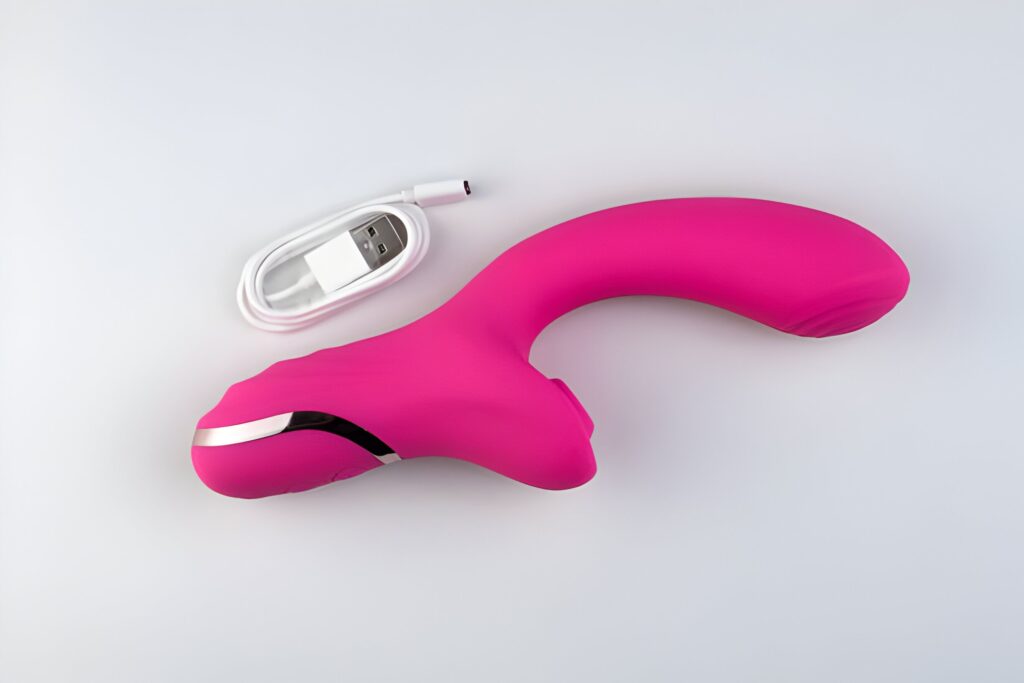
When we think of dildos, we may imagine penis-shaped sex toys. But they can also be curved, or even vibrate.
Dildos are available in many materials, including silicone, jelly rubber, plastic, metal and break-resistant glass. They can be inserted in the vagina, anus or mouth. Some require lubrication, while others don’t.

Size
When it comes to dildos, some women prefer ones that are close in shape to their penises. Others want something that is far from the penis in shape and size, such as a wand vibrator or a sex toy designed for the prostate or G-spot. Whatever the case may be, there is a wide variety of different types of dildos available, each designed for a particular type of pleasure.
Some dildos are smooth in surface and feel, while others have ridges or bumps for added texture. In addition, many have curves built in for a specific purpose, such as aiming the toy at a specific area of the body. In addition, some dildos are made from materials that are hard and durable, while others are softer and more flexible.

Regardless of the type of dildo, it is important that it fits well into the user’s mouth. A dildo that is too small can cause discomfort, while one that is too big can be painful and difficult to insert. To make sure that the dildo is comfortable, it is best to try it out before making a final purchase.
Many women are reluctant to use a dildo due to societal taboos and restrictions. However, sex toys can be an excellent tool for dismantling these stigmas and encouraging a more positive attitude toward women’s sexual desires and pleasure.
Historically, dildos have been associated with male pleasure and erotic fantasies. However, a dildo can be used by women of all sexual identities to experience pleasure and satisfy their curiosity. In addition to enhancing sexual satisfaction, a dildo can also promote an increased sense of empowerment and self-esteem.

Some people worry that sex toys can spread sexually transmitted infections (STIs). While it is possible to get an STI from a sex toy, this usually occurs when the dildo has been touched by someone who already has an STI and then shared with another person.
In fact, sex toys can actually improve sexual health by encouraging a more open communication between partners. Using sex toys during foreplay and sex can help couples discover new pleasures and fantasies together, which can enhance the sexual experience and increase intimacy in their relationship.

Material
Since a dildo is inserted into an erogenous zone, its material makes an impact on how it feels and how women use it. Silicone is a popular dildo material and dildo makers have been working to produce toys that feel luxurious in the hand, mimicking the texture of a real penis. Some silicone dildos, like Biird’s Namii and Evii clitoral suckers, can even be used as a sexual tool, as the material is slippery and smooth against the skin. Silicone also doesn’t harbor bacteria, making it a great choice for women who want to explore clitoral play.
Other materials are also used to make dildos, and many women find that certain materials give a different sensation to the clitoris or cock than others. For example, glass dildos have been around for a long time, and they can be shaped to hit specific spots on the body. In the ‘Goop era’ of wellness, crystal dildos have become popular and are advertised as having healing properties. While a dildo made of horn, leather or other natural materials has its dedicated fan base, it’s important to remember that these are porous materials and can harbor infection unless they’re sterilized thoroughly.

In the 1970s and 1980s, dildos began to be used as tools of empowerment by lesbian, bisexual, and queer-identified women. With the AIDS crisis, dildos became more commonplace as women sought to anally penetrate partners and to avoid sex that might lead to HIV infections. Sex boutiques and sex toy stores popped up, selling dildos in a wide range of shapes and colors. During this time, Dell Williams and Betty Dodson popularized the idea that dildos don’t have to look like penises and introduced the sleek, colorful aesthetic that is still prevalent with some sex toys today.
While some dildos are made of only silicone, others contain other materials such as jelly rubber, often mixed with silicone. This type of toy is usually cheaper than 100% medical-grade silicone, and may have an odour or feel slightly gummy. It’s important to know what a toy is made of before buying it, and reputable sex toys always state what the toy is primarily made from.

Angling
A dildo is a small, curved toy that can be inserted into the anal canal and other areas of the body for pleasure. It can also be used to stimulate the G-spot and clitoris. It can be used with a partner or alone.
Choosing a dildo is all about finding one that fits your anatomy and preferences. A smaller dildo can be easier to insert and will feel more like an anal plug. A longer dildo allows for deeper penetration and can target the G-spot or prostate.
The angle of a dildo can also be important. Some are more angled for easier gripping and insertion. Others are more rounded for comfort and clitoral stimulation. The sphincter muscle can inhibit penetration at certain lengths, but with patience and plenty of lube you can get past it with a long enough toy.

Dildos are available in a wide variety of materials, from natural rubber to glass to metal and hard plastics. The material can affect the toy’s firmness and ability to penetrate, as well as its durability and appearance. Ultimately, the best choice is a toy that is comfortable, easy to clean, and made from a safe material.
In addition to choosing a dildo that suits your body and preferences, it is essential to thoroughly clean it after use and to store it in a clean place. A dirty dildo can harbor bacteria, throw off the pH balance in your anus and lead to yeast infections and other ailments. It is recommended that you clean your dildo using a mild unscented soap and warm water, making sure to reach all of its crevices. After cleaning, you should let your dildo dry completely and store it in a padded pouch or other clean, sealed container.
While dildos have traditionally been associated with lesbian, bisexual and queer-identified women, they are now used by women of all sexualities. They can enhance pleasure with a partner or alone, and are a part of a wider movement to normalize penetration for all women. They are often used in combination with other toys, including vibrators, to enhance pleasure.

Discretion
There are a billion different dildos on the market, and the one that’s right for you depends on what you want to use it for. Some are designed to hit specific spots, like the g-spot, prostate, or anus. Others are shaped to feel more like a penis or to fit into the buttocks for masturbation. In the ’Goop-era,’ crystal dildos have become all the rage with some suggesting they offer healing properties and a deeper connection to your sexuality.
Discretion is key when wearing a dildo, particularly with partners you’re not familiar with. Some women don’t like to be reminded of their genitals, and it can be easy to make the mistake of over-engaging by getting too involved with the dildo. It’s important to know the limitations of your own body when choosing a dildo, and not be afraid to ask for help from a partner if you aren’t sure what size or type works best for you.

Masturbating with a dildo can be a lot of fun, and it’s also a great way to strengthen your pelvic floor muscles. It’s also an effective tool for enhancing sexual experiences with your partner and increasing intimacy. And, of course, it’s a wonderful way to relieve stress.
If you’re new to dildos, start with the smaller ones and work your way up. A dildo that’s too large for you could cause irritation, discomfort, or even infection. In addition, it’s essential to choose a dildo made from non-toxic materials like glass, stainless steel, or medical-grade silicone. These are durable, safe, and easy to clean, and they last longer than dildos made from plastic, rubber, or leather.
While dildos aren’t for everyone, they can provide penetrative pleasure for women of all ages. They can boost sexual pleasure, improve intimacy with your partner, relieve body aches and lower blood pressure. And dildos don’t have to be seen as a taboo – in fact, they’ve become more mainstream since the 1960s. They’re now more common than ever, and are used by men, women, and transgender people alike.




